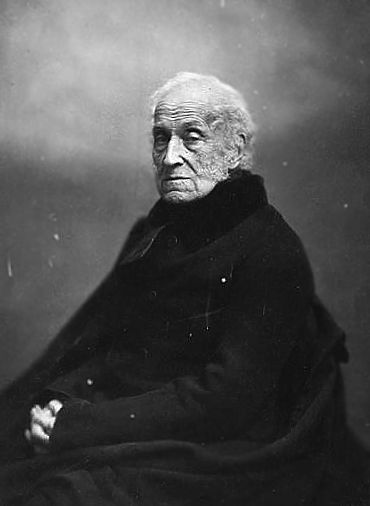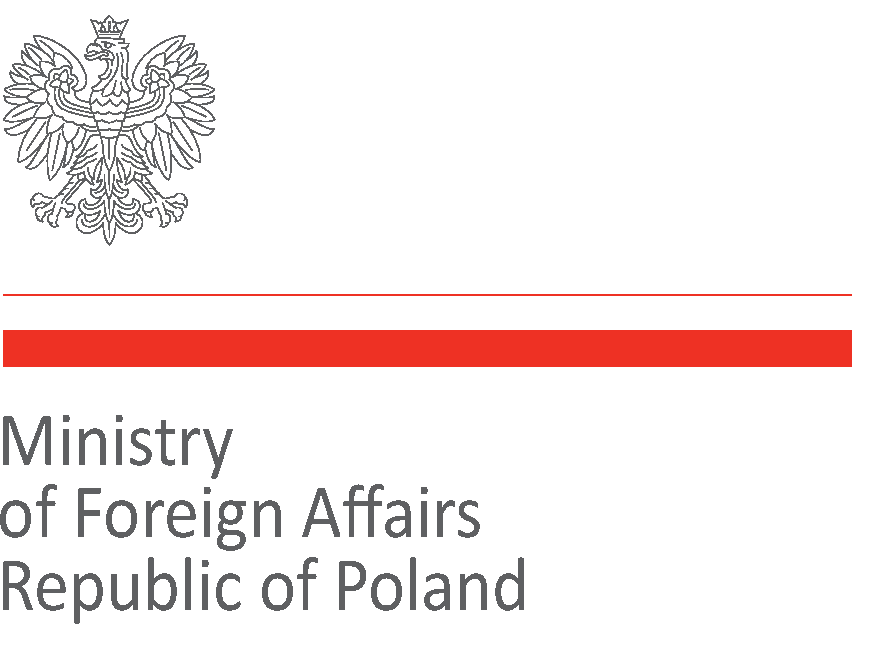Born in Warsaw on the 14th of January, 1770, as a son of Prince Adam Kazimierz Czartoryski, one of the leaders of the ‘Familia’ - a reformist camp who tried to save the Polish Commonwealth from an ultimate collapse – and his wife Princess Izabela Dorota (nee Fleming). His high-quality home education was complemented with foreign travels. The young Czartoryski took part in the Polish-Russian War of 1792, but during the Kościuszko Uprising he stayed abroad. After the Third Partition and fall of Poland in 1795 he was sent to Saint Petersburg in matters concerning the family property and struck a friendship with the Grand Duke Alexander, becoming his aide-de-camp. Having ascended the throne as Alexander I, the new tsar appointed Czartoryski Russia’s deputy minister for foreign affairs (from 1802), and then Minister for Foreign Affairs in 1804-06. From 1805 this Polish aristocrat was also a member of the Senate and State Council of Russia. From 1803 he was the superintendent of the Vilnius Educational District, contributing to the rise of the local university. In 1824, however, he resigned in the wake of the trial of the Filaret Association (a group of patriotic Polish youth, who recruited from among the students of that academy). Czartoryski remained a loyal adherent of the pro-Russian orientation at the time of the Duchy of Warsaw, becoming the vice president of the Polish Provisional Government only in 1815. He also served as Alexander I’s chief advisor on the Polish question during the Congress of Vienna. In the Kingdom of Poland (or, the Congress Poland) established by decision taken on the Danube – for which he drew up a draft of a constitution – he was a senator-palatine, and member of its Administrative Council. After the death of Alexander I, Czartoryski became one of the leaders of the legal opposition to Tsar Nicholas I’s anti-Polish policy. During the November Uprising he was the president of the Polish National Government; however, after the evens of the 15th of August, 1831, when there was an unsuccessful coup d’état orchestrated by radical environments, he resigned with the whole cabinet and, as a volunteer, joined the Corps under General Ramorino. After the fall of the uprising he found himself in exile and settled down in France in 1833. His Paris residence - Hôtel Lambert – soon became the centre of operations of the Conservative wing of Polish emigration. As the leader of that faction, hailed the ‘de facto King of Poland’, Czartoryski pursued diplomatic activity, seeing the only chance for the reconstruction of Poland in an anti-Russian policy of the western powers and Turkey. After the Treaty of Paris of 1856, he handed over the control of Hôtel Lambert to his son Władysław, although he still kept on setting the faction’s general political direction himself, supporting its ‘Whites’, i.e., moderate conservatives from the area of the Russian Partition, who competed for the sway over souls with the more radical ‘Reds’. Czartoryski declared for the abolition of the feudal system and affranchisement of the peasants. Besides, he was a patron of art and literature, a co-founder, and lifetime chairman, of the Historical and Literary Society (from 1853 on), as well as one of the originators of the Polish Library in Paris. He died in Montfermeil (France) on the 15th of July, 1861. His most important works include Essai sur la Diplomatie, Manuscrit d'un Philhelléne, publié par M. Toulouzan (1830), Mowy Xięcia Adama Czartoryskiego. Od roku 1838 - 1847 (1847), Żywot J.U. Niemcewicza (1860), and Mémoires (2 vols., 1887; Polish translation: Pamiętniki ks. Adama Jerzego Czartoryskiego i korespondencja jego z cesarzem Aleksandrem I, Kraków 1904-05; English edition: Memoirs of Czartoryski, A. Gielguch (ed.), 2 vols., London, 1888).

